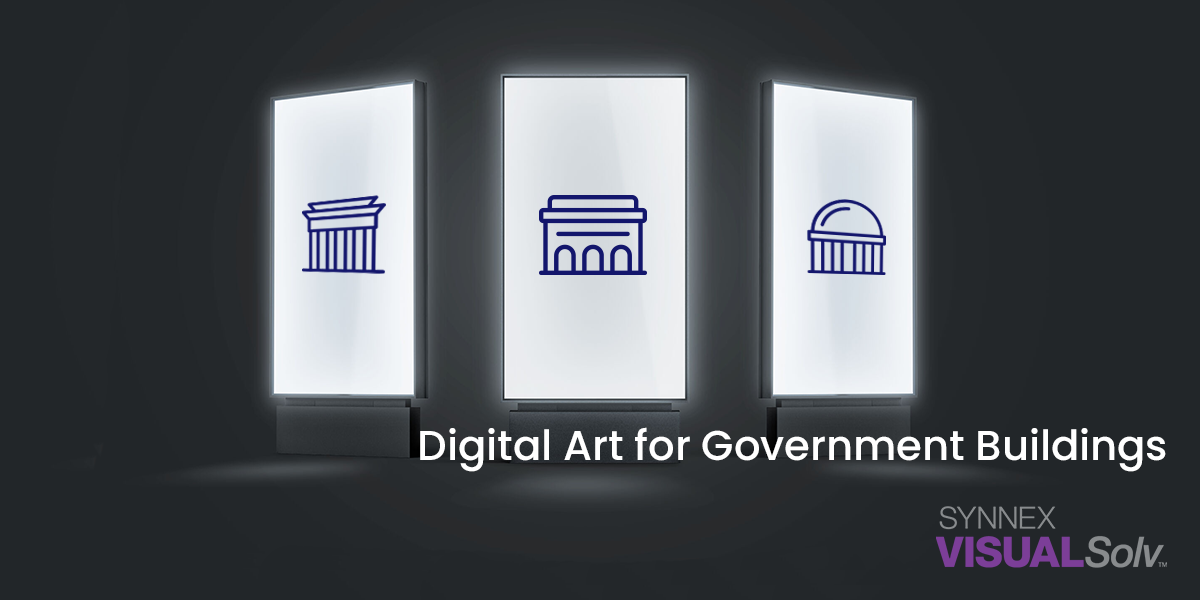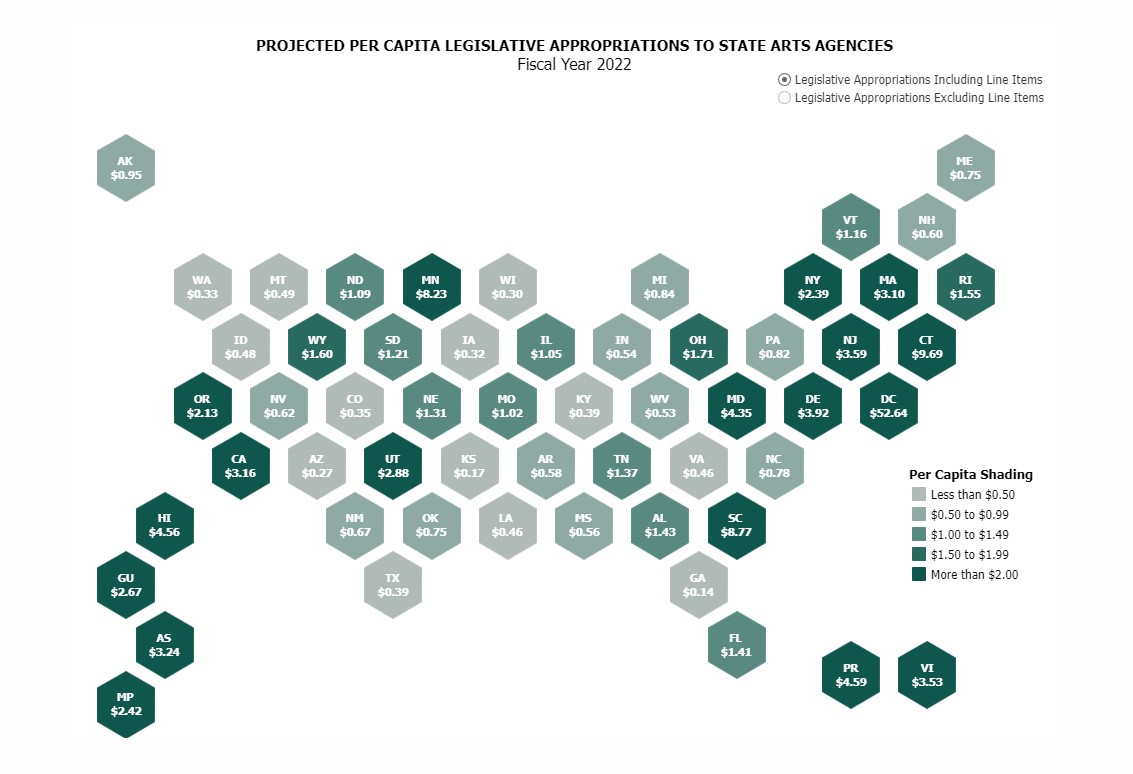Event Offers Opportunity for Virtual InfoComm Attendees to Attend Speaking Sessions and Meet with Product ExpertsOctober 20, 2021 Projectors, Classroom Projectors, Large Venue Projectors, Digital Signage
MEDIA ALERT: LOS ALAMITOS, Calif. – Oct. 20, 2021
Who: Epson America, Inc. will participate in the upcoming InfoComm Virtual Post-Show Event from Nov. 9-10, demonstrating its leading projection solutions.
What: The InfoComm Virtual Post-Show Event connects attendees to the latest AV solutions for live events, digital signage, education, integrated experiences, and more. The online event features one-on-one appointments with exhibitors and access to AVIXA’s Women’s Council keynote presentation as well as interactive sessions from InfoComm exhibitors and the D=SIGN: Digital Signage Conference.
Epson will host a virtual presentation at the show on Tuesday, Nov. 9 at 10 a.m. and 2 p.m. ET. Both sessions will show hands-on demos of Epson’s most compact interchangeable lens projectors, including the world’s smallest and lightest 10,000 lumen projector,1 and the PowerLite® L-Series fixed-lens laser projectors that provide up to 7,000 lumens of brightness2 and deliver bright images ideal for education, business and more.
Epson’s virtual booth will feature its robust lineup of large venue, education, meeting room and digital signage projectors to support immersive and larger-than-life experiences. Products featured include:
- Epson Pro Series EB-PU Projectors: Ranging from 6,000 to 10,000 lumens,2 Epson’s latest Pro Series projectors bring integrators pro-level features and installation tools such as the built-in NFC function. The lineup includes the EB-PU2010, the world’s smallest and lightest 10,000 lumen projector.1 Equipped with advanced installation features, 3-chip 3LCD for best-in-class color brightness3 and WUXGA resolution with 4K Enhancement Technology,4 the new models deliver crystal-clear, lifelike images for higher education, corporate, visitor attractions, and signage markets.
- PowerLite Laser Projectors: Meeting the needs of today’s lecture halls, corporate meeting rooms, retail spaces, and beyond, Epson’s high-powered PowerLite projectors engage and inspire with exceptionally bright, larger-than-life images up to 500-inches5 and ultra-wide aspect ratios.6 These laser projectors support dynamic content sharing with the latest connectivity and a full suite of creative, collaborative features for impactful presentations, video conferencing, retail displays, and more.
- LightScene® Laser Projectors: Epson’s cutting-edge digital signage solution, LightScene allows users to create stunning visual displays and immersive environments. A convergence of lighting and display technology, LightScene laser projectors captivate audiences by simultaneously illuminating and projecting on virtually any surface or material to unleash dynamic, experiential content for digital art, commercial signage and décor applications. LightScene offers a sleek black or white spotlight design with an array of configuration, mounting and programming options to blend in discreetly to any setting, from retail, hospitality and event spaces to showrooms and museums.
- BrightLink® Interactive Laser Displays: Designed for laser-focused learning, BrightLink displays transform meeting spaces and classrooms into immersive, collaborative environments where productivity is enhanced, creativity is on display and participants are fully engaged. Equipped with 3-chip 3LCD technology for bold, brilliant color even in ambient light settings, BrightLink models deliver big, bright images up to 120-inches to captivate viewers. These flexible laser displays breathe new life into ordinary walls and dry erase boards, eliminating the need for dedicated electronic boards or space-consuming flat panels.
When: The InfoComm Virtual Post-Show Event will take place Tuesday, Nov. 9 and Wednesday, Nov. 10.
Where: The virtual event will take place online. Registration is open now and additional details can be found at www.infocommshow.org/virtual.
About Epson Laser Projectors
Epson Pro Series projectors provide more creative possibilities and unparalleled audience experiences. Using state-of-the-art technology to deliver exceptional color output and durability, the Pro Series combine uncompromising image quality with sophisticated software and a range of available mounts, frames and lenses to transform venues and bring live events to life. For additional information, visit www.epson.com/liveevents.
About Epson
Epson is a global technology leader dedicated to co-creating sustainability and enriching communities by leveraging its efficient, compact, and precision technologies and digital technologies to connect people, things, and information. The company is focused on solving societal issues through innovations in home and office printing, commercial and industrial printing, manufacturing, visual and lifestyle. Epson’s goal is to become carbon negative and eliminate use of exhaustible underground resources such as oil and metal by 2050.
Led by the Japan-based Seiko Epson Corporation, the worldwide Epson Group generates annual sales of around JPY 1 trillion. global.epson.com/
Epson America, Inc., based in Los Alamitos, Calif., is Epson’s regional headquarters for the U.S., Canada, and Latin America. To learn more about Epson, please visit: epson.com. You may also connect with Epson America on Facebook (facebook.com/Epson), Twitter (twitter.com/EpsonAmerica), YouTube (youtube.com/epsonamerica), and Instagram (instagram.com/EpsonAmerica).
# # #
1 Comparison based on projectors rated at 10,000 lumens. Lumens, size and weight based on the manufacturers’ online specifications and industry-available data as of February 2021.
2 Color brightness (color light output) and white brightness (white light output) will vary depending on usage conditions. Color light output measured in accordance with IDMS 15.4; white light output measured in accordance with ISO 21118.
3 Color brightness measured per IDMS 15.4. Additional colors and picture modes tested. Top-selling Epson 3LCD projectors vs. comparable top-selling 1-chip DLP projectors based on NPD sales data for October 2019 – September 2020. COLOR BRIGHTNESS WILL VARY BASED ON USAGE CONDITIONS.
4 4K Enhancement Technology shifts each pixel to surpass Full HD resolution on screen.
5 Available on PowerLite L520U, PowerLite L530U, PowerLite L630U, PowerLite L730U, and PowerLite L735U
6 16:6 aspect ratio available on select models
EPSON, LightScene and PowerLite are registered trademarks and EPSON Exceed Your Vision is a registered logomark of Seiko Epson Corporation. BrightLink is a registered trademark of Epson America, Inc. All other product and brand names are trademarks and/or registered trademarks of their respective companies. Epson disclaims any and all rights in these marks. Copyright Tags: Projectors, Education Projectors, K-12 Education, Large Venue, Digital Experiences, Digital Signage, High Brightness, Experiential Signage


